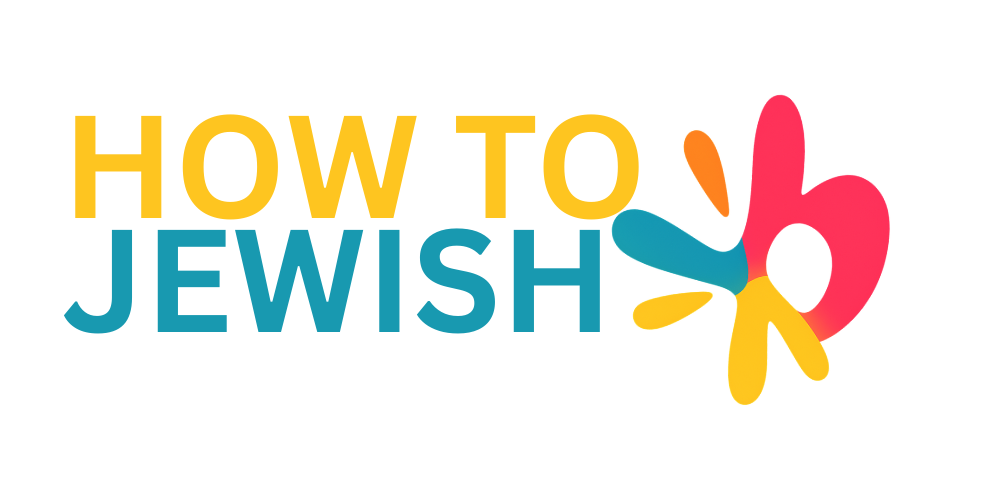“`html
What Is Yom Kippur?
Yom Kippur, known as the Day of Atonement, is one of the holiest days in the Jewish calendar. Observed on the 10th day of the month of Tishrei, it follows a ten-day period of reflection and repentance known as the Ten Days of Repentance (Aseret Yemei Teshuvah). Yom Kippur serves as a culmination of this period, allowing individuals to seek forgiveness and make amends both with God and with fellow human beings.
The Significance of Yom Kippur
Yom Kippur represents a profound opportunity for spiritual growth and renewal. It is the day when Jews reflect on their actions of the past year and seek to improve themselves in the year to come. The essence of this day is captured in the themes of repentance (teshuvah), prayer (tefillah), and charity (tzedakah).
- Teshuvah: This process involves recognizing wrongdoings, feeling genuine remorse, and making a commitment to change.
- Tefillah: Special prayers particular to Yom Kippur are recited, including the powerful Vidui (confession of sins) and the Ne’ilah service, which concludes the fast.
- Tzedakah: Acts of charity and kindness are emphasized, reflecting the importance of community and support for one another.
The Fast of Yom Kippur
One of the most distinguishing features of Yom Kippur is the fast. From sunset on the evening before Yom Kippur until nightfall on Yom Kippur itself, Jews refrain from eating or drinking. This fast serves as a means of spiritual cleansing and is considered a mitzvah (commandment).
Aside from the prohibition of food and drink, additional restrictions on Yom Kippur including:
- Refraining from work
- Avoiding wearing leather shoes
- Abstaining from bathing or washing for pleasure
- Avoiding anointing oneself with oils or lotions
- Refraining from marital relations
It is essential to approach the fast with preparation; one should eat a hearty meal before the fast begins and stay well-hydrated. If one has medical conditions that preclude fasting, it is vital to consult a qualified authority on how to observe Yom Kippur in such situations.
The Yom Kippur Services
Yom Kippur is characterized by five primary prayer services, each with its own unique elements:
- Kabbalat Shabbat: Although it is not a Shabbat, the evening service includes elements of Hallel, greeting the spiritual essence of Yom Kippur.
- Shacharit: The morning service that includes the recitation of the Amidah and the special prayer of Al Chet, which enumerates sins.
- Musaf: This service includes the Avodah service that describes the Yom Kippur Temple service, evoking deep feelings of connection to tradition.
- Minchah: The afternoon service incorporates poetry known as Selichot and the recitation of the Book of Jonah, illustrating themes of repentance.
- Ne’ilah: The final service of Yom Kippur, marking the closing of the gates of heaven and the opportunity for final repentance.
The Themes of Forgiveness and Renewal
During Yom Kippur, forgiveness plays a critical role. One is encouraged to seek out those whom they have wronged throughout the year and ask for forgiveness. It is also incumbent upon those who have been wronged to be forgiving, reflecting the idea that true repentance cannot occur without interpersonal reconciliation.
It is also customary to don white clothing or a kittle (a white robe worn during certain religious services) during Yom Kippur, symbolizing purity and a fresh start. Many Jews also recite the prayer “Shehechiyanu” upon arriving at synagogue, thanking God for granting them the opportunity to reach this special day.
Yom Kippur: A Time for Community and Reflection
Yom Kippur reinforces the idea that we
